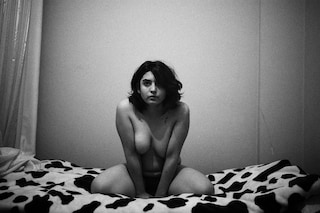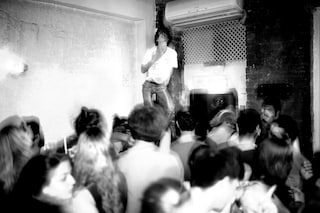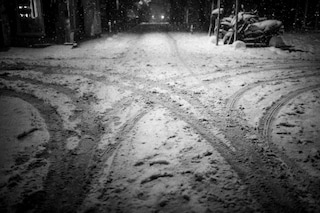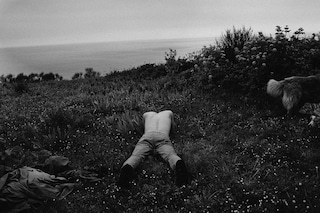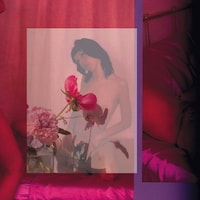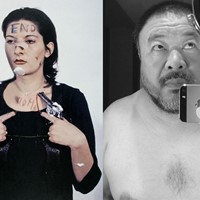Cansu Yildiran’s series is a moving portrait of what freedom and possibility mean to the city’s refuge-seeking youth
Ranging from snaps of the local drag scene to moving portraits of friends, Shelter invites comparison with the type of diaristic, nearly confessional photography that the likes of Nan Goldin, Wolfgang Tillmans, and Ryan McGinley popularised throughout the 90s. The photography series provides somewhat typical depictions of marginal youth, except they were recorded in Turkey, where political repression and government-imposed conservatism have driven many into silence.
Shelter’s author, Cansu Yildiran, is a 22-year-old photographer living in Istanbul. Originally from Trabzon, a city along Turkey’s Black Sea coast, she turned to photography at a young age to ease the loneliness she felt in an environment shaped by traditional customs and hierarchies. “It kept me company,” she tells her friend Sanim in Turkish, who then says it to me in English, gazing into the web camera through her red eyeglasses.
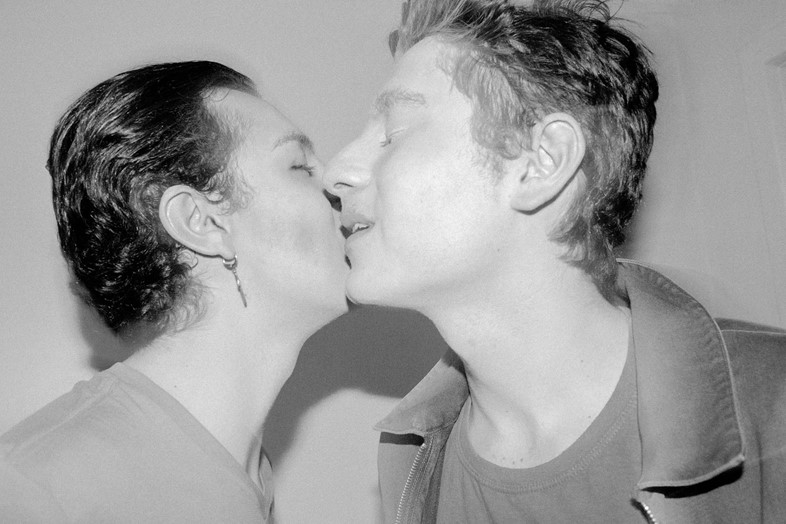
For Yildiran, to live in Turkey these days means to inevitably have to “wear a mask”. Nearly three years after the 2016 coup attempt, the government’s crackdown on dissenting voices continues and has extended beyond political opponents to target anyone who does not fit the social order. In Ankara last month, a student-led Pride march was violently broken up by the police even though a court had ended the city’s ban on LGBTQ+ events in April. A similar ban still exists in Istanbul, where activists attempting to celebrate Pride are met with tear gas and rubber bullets every year.
Yildiran thinks society has become more and more conservative due to those in power. She says: “Of course there are neighbours who are more open-minded, but those communities are very small. And if we look at the general picture, we can’t say people are open-minded and tolerant.” As a result, “people with different beliefs, identities or sexual orientation must live their lives without being visible”, the photographer explains.
Though Yildiran referred to the community she documents as “they” in this quote, she uses “they” and “we” interchangeably throughout our conversation, as if she was still gauging what the distance between herself and those she photographs could be. Yildiran knows every person that appears in the series and refers to them as a “chosen” family she found when moving to Istanbul. “Istanbul is the first place that I feel like I am myself and I exist,” she says.
“If we look at the general picture, we can’t say people are open-minded and tolerant” – Cansu Yildiran
As much as it suggests 90s imagery, Yildiran’s photography is anything but nostalgic. Her images are a moving portrait of what freedom and possibility mean to Istanbul’s refuge-seeking youth. Decades after Nan Goldin and others did the same, the photographer’s depictions of explicit drug-use might still shock some sensibilities. Yildiran has decided not to shy away from the topic because she sees no reason in censoring “a reality”. Speaking of her friends, she explains: “I know it’s harmful for them and I wish they didn’t do it, but I don’t want to demonise drugs.”
“In Shelter, I talk about how we build new spaces for ourselves in order to feel safe and free, and how those spaces transform into our own cages,” Yildiran continues. According to her, the LGBTQ+ clubs and bars around the city’s Taksim square provide a vital space for young people to come together and express themselves. But that same space can easily feel like a trap insofar that the world outside of it appears as a threat: “If you go on the other side of the street you are in danger.”
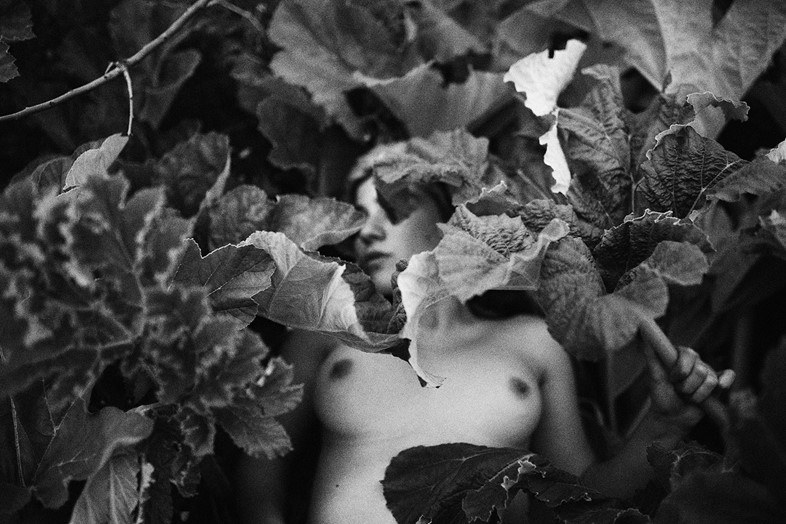
Yildiran’s work has been noticed in parts of the photography world, including Women Photograph and World Press Photo, who in 2018 chose her to participate in the Joop Swart MasterClass for emerging visual artists. In the end, she had to give up on the opportunity due to her insufficient level of English, the language in which the course is taught. “I gained the place with my ability, and I lost it because of English, because of my position and financial situation,” she says.
Still, Yildiran hopes photography will enable her to cross language and cultural barriers. Though there is a specific time and context to her work, she trusts it can cultivate emotion and empathy in different people. There is inspiration to be drawn from stories of resistance: “Most of the people I photograph are activists”, Yildiran adds, “these are people who want to go on the other side of the street and fight for it.”


